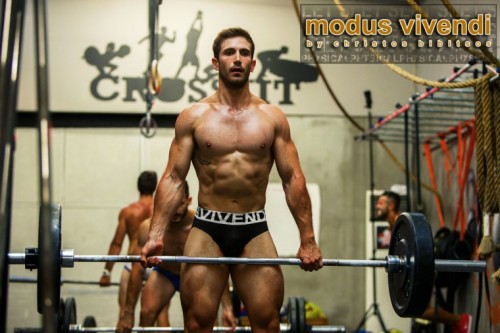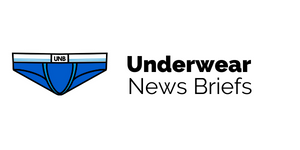 Making muscle takes time and calories; that’s just the way it is. But you can help the process along by choosing lifts that tap into the body’s natural anabolic (tissue-building) hormonal system.
Making muscle takes time and calories; that’s just the way it is. But you can help the process along by choosing lifts that tap into the body’s natural anabolic (tissue-building) hormonal system.
Lifts that use multiple joints and incorporate many muscle groups are the kings of muscle-building because they require a vast amount of muscle fibers to move the load. When such a big group of muscles is required to work at once, your body releases hormones like testosterone and growth hormone as a response to the stress.
There are five in particular that always seem to be more effective than the others. I want to share them with you.
1 THE SQUAT
The squat is the foundation of any good muscle-building program. It’s an amazing lift not only because it hits huge muscles like the glutes, quads, and hamstrings, but because it requires almost every single muscle in your body—from your calves to your shoulders—to turn on.
I love the squat because the movement pattern can be altered to fit each individual lifter. For example, beginners or those with mobility issues can start with the goblet squat, then progress through the front squat before starting the back squat and increasing to a larger range of movement.
2 THE DEADLIFT
The two exercises that incorporate the most muscle mass and the greatest number of joints are the squat and the deadlift. Just like the squat, the deadlift can be adapted to an individual’s ability level and orthopedic restrictions. You can use trap bars, kettlebells, or adjust the starting position by placing the bar at a higher position on a rack.
You can also do either traditional or sumo deadlifts, as long as your back is in a safe position and you’re using your hips to drive the movement. All in all, the deadlift is essential for those looking to build muscle.
3 THE PUSH-UP
The push-up has done more for improving size and definition. The efficacy of this exercise comes from the fact that push-ups can be performed for high volumes, and require more stabilization from your legs and core than the bench press. Furthermore, push-ups allow the scapula to move freely, which is healthier for your shoulders than the scapula-restricted exercises you do on a bench.
The downside of the push-up is that it is not as easily loaded as other chest exercises. But, with some chains, a weight vest, or a weight plate, push-ups can be loaded effectively.
4 THE REVERSE LUNGE
There is some debate about using unilateral (single-side) exercises to build muscle. Some say that unilateral training is less effective than bilateral training because a lifter can’t use heavy weight and therefore can’t induce the same hormonal response. However, there is one aspect of unilateral lifts that can be very beneficial to muscle-building: the accumulation of lactate.
Single-leg exercises require twice the duration and effort of bilateral exercises. This high energy expenditure results in a large accumulation of lactate in the working muscles and throughout the body.
Reverse Lunge
Of all the single-leg exercises, barbell reverse lunges are my favorite, because doing them calls for the use of multiple joints and a lot of muscles. I also like them because they recruit your glutes and hamstrings as the prime movers. Your quads, which have a habit of taking over leg movements, are relegated to an assistant position.
You can perform a reverse lunge with dumbbells held at your sides, a barbell in the front rack position, or with a barbell on your back.
5 SUSPENSION ROWS
Similar to the push-up, suspension rows to machine or dumbbell rows because they require stabilization from your core and lower-body muscles. The handles of the suspension system also allow for various hand positions, which make the exercise easier on the shoulder joint.
If your body weight isn’t enough, increase the load by elevating your feet or using a weight vest, chains, or weight plates.
The content of the Underwear News Briefs website/blog, including text, graphics and images, are for informational purposes only. The content of this website/blog is not intended to be a substitute for professional medical advice, diagnosis, or treatment. Always seek the advice of your physician or other qualified health provider with any questions you may have regarding a medical condition.
Photo by Modus Vivendi


